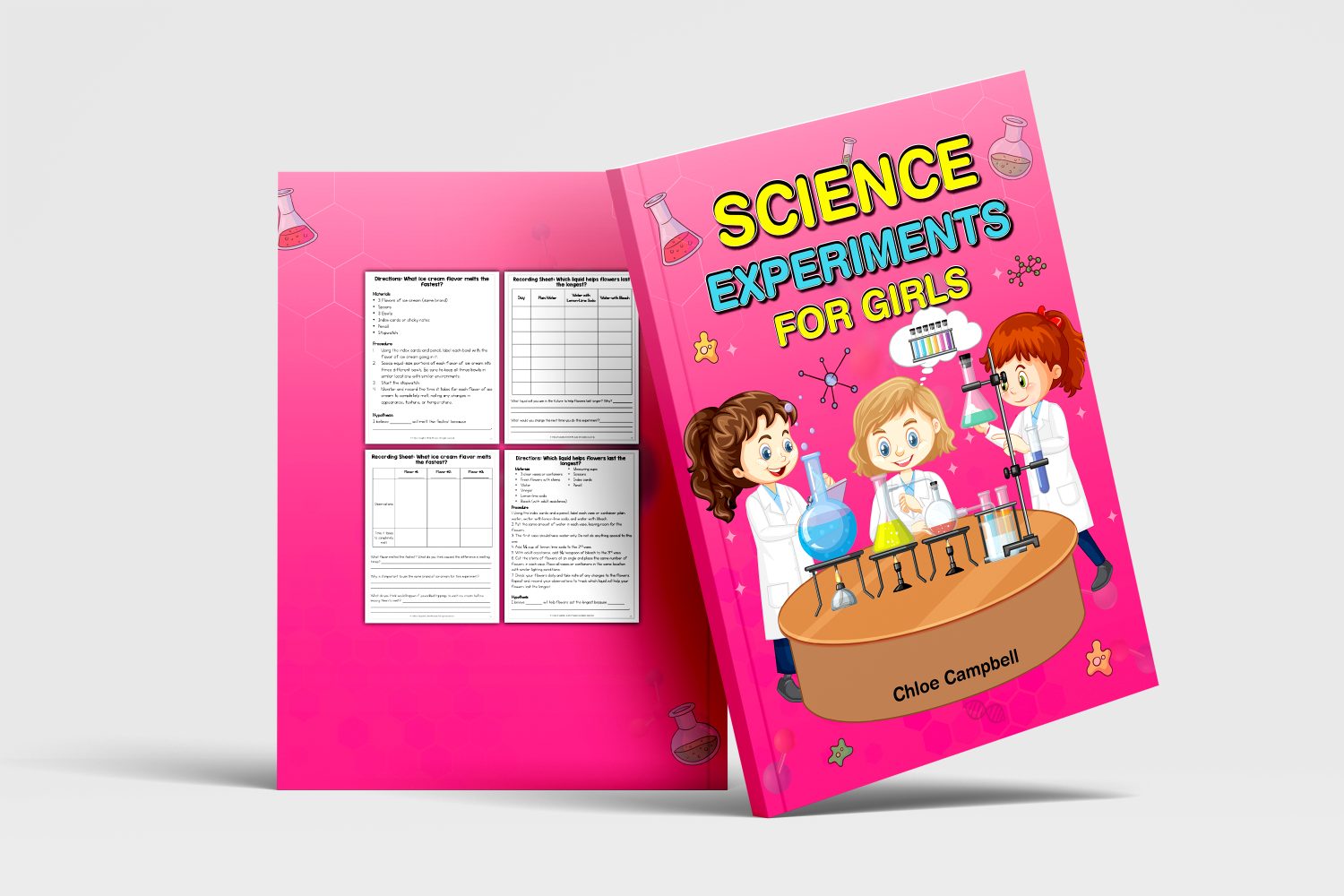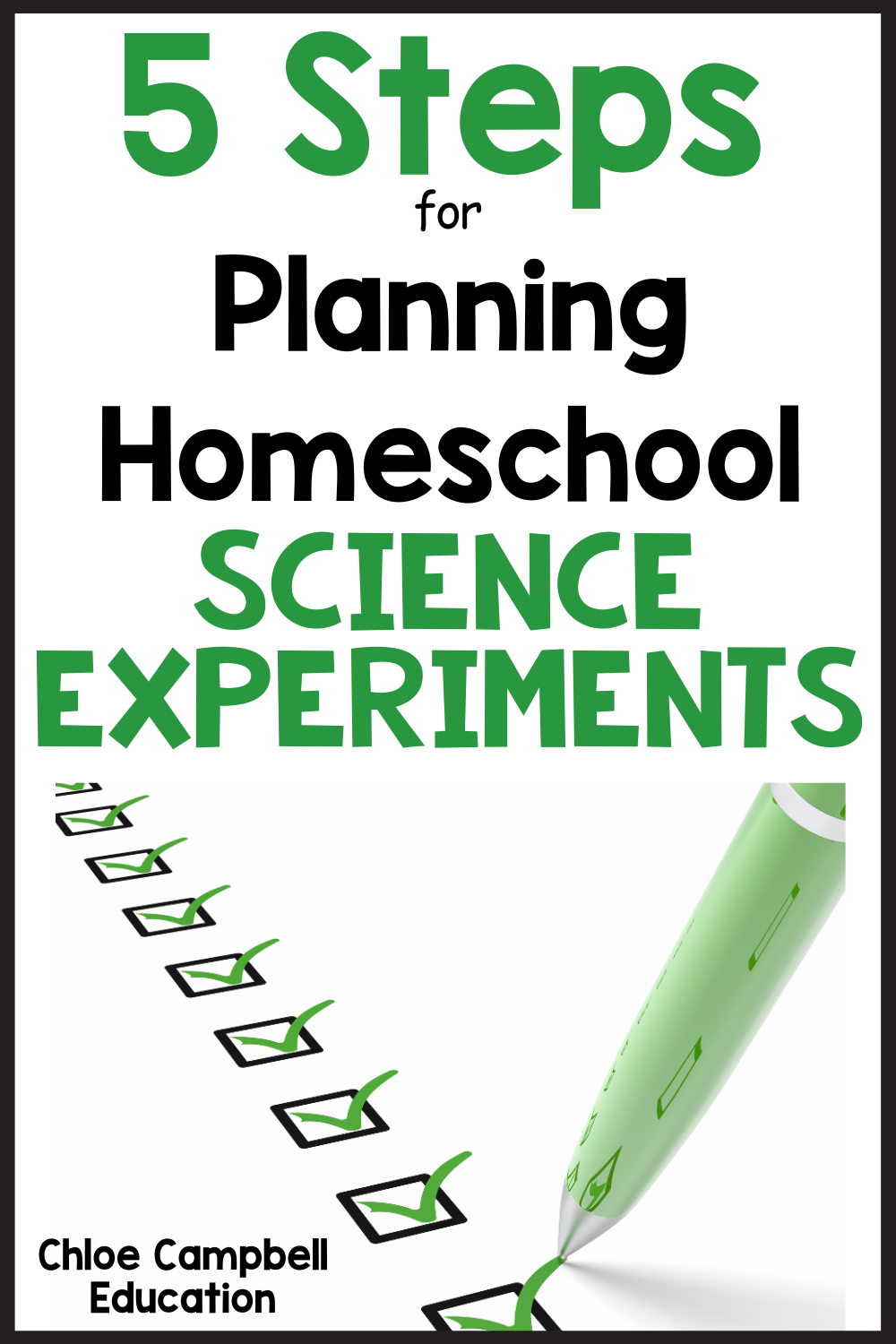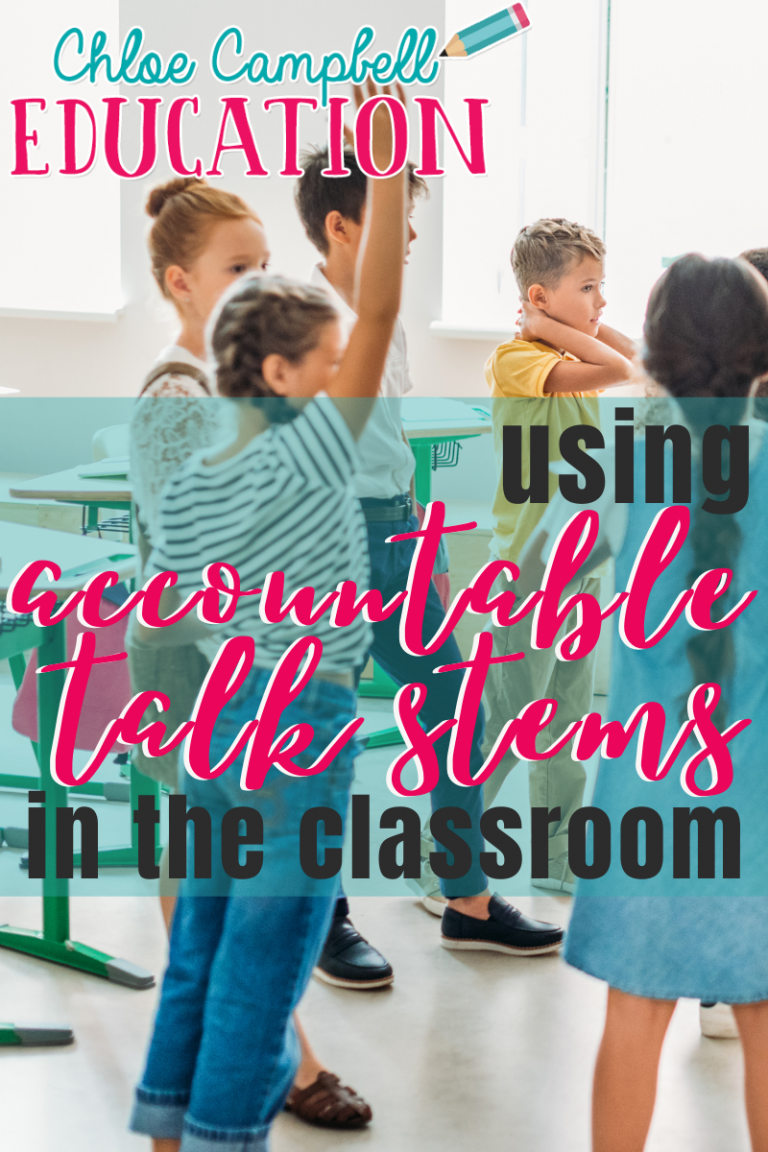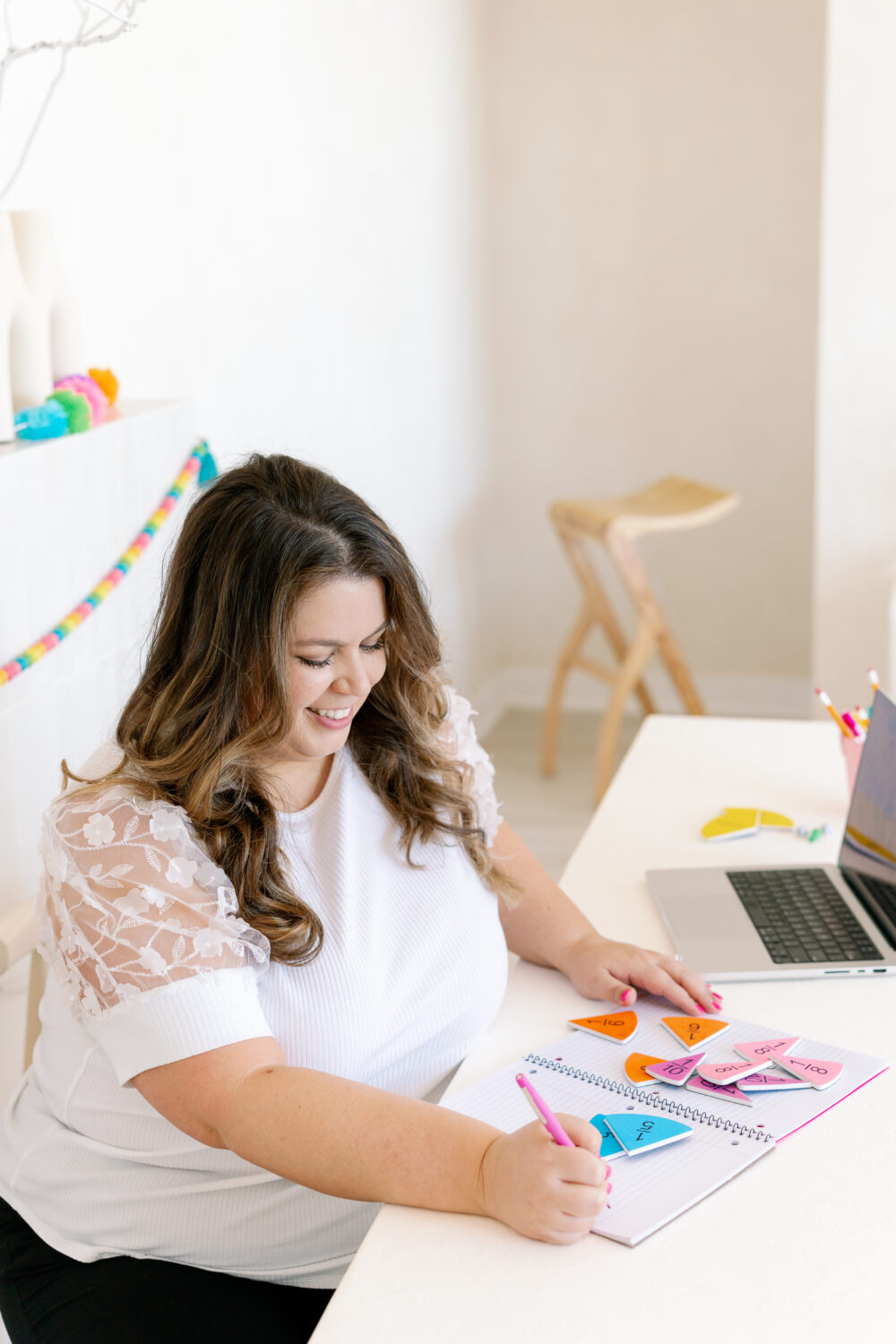How to Plan for Homeschool Science Experiments
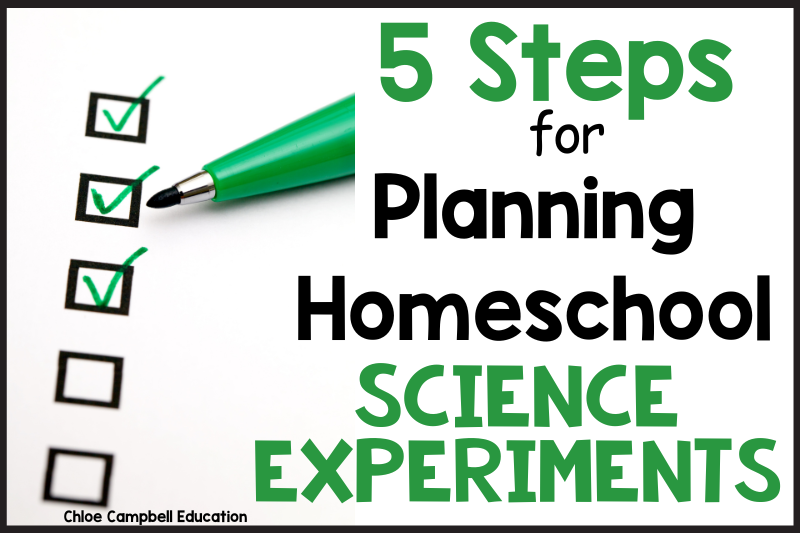
Science experiments are often a weekly occurrence in many homeschooling households. The ability to dive deep into a topic of interest and explore the outcomes of hypotheses is an excellent way to ensure students have a thorough understanding of a topic. This hands-on approach to science can help them retain that information far longer than a simple worksheet or oral lesson. Planning for homeschool science experiments can be both an exciting way to cover essential concepts…and a bit overwhelming.
That is why we have compiled five simple tips to share that will take the stress out of planning homeschool science experiments to ensure you’re prepared for a successful science lesson.
Step One for Planning a Science Experiment: Start with a Question
With all great scientific discoveries, it begins with a question! Whether you’re explaining chemical reactions, the aerodynamics of a paper airplane, or what material makes the best insulator – following the process of scientific inquiry will not only guide your science experiment; it will help guide you in planning your homeschool science experiments.
Once you have decided on your topic of interest, brainstorming a hypothesis with your students will get the gears in motion for planning your experiment. This is a great time to visit the library, local science centers, zoos, or aquariums for opportunities to expand their understanding of a specific topic and ignite further inquiry.
If a local field trip isn’t possible, plenty of resources for further learning are available online. Sourcing articles, youtube videos, or ebooks are a great option to foster further research into a topic – prompting many more questions. Encourage your child’s creativity by allowing them to develop their experiment ideas based on their research.
Step Two for Planning a Science Experiment: Gather Supplies
Having explored your chosen topic in-depth, your child likely has at least a few ideas of what experiment they would like to run. Together, come up with a list of required supplies; this may include ordering supplies or gathering natural objects such as flowers, branches, or leaves.
With homeschooling, everything is an opportunity to learn and practice life skills. Involving your child in the list-making, ordering, and purchasing of experiment supplies is a great way to include some writing and financial literacy in your science lesson. Having them tag along and be in charge of the supply list at the dollar store is an exciting way for them to feel responsible and included.
Having a few critical supplies on hand in our Safe Science Space have made impromptu science experiments less intimidating – and last-minute trips to the craft store less frequent.
A few of our essential science experiment supplies include;
- Safety Goggles
- Plastic Cups
- Paper Plates
- Plastic Utensils
- Tweezers
- Disposable Gloves
- Baking Soda
- Peroxide
- Food Coloring
- Vinegar
- School Glue
- …and, of course, Borax (for when fun mom makes slime!)
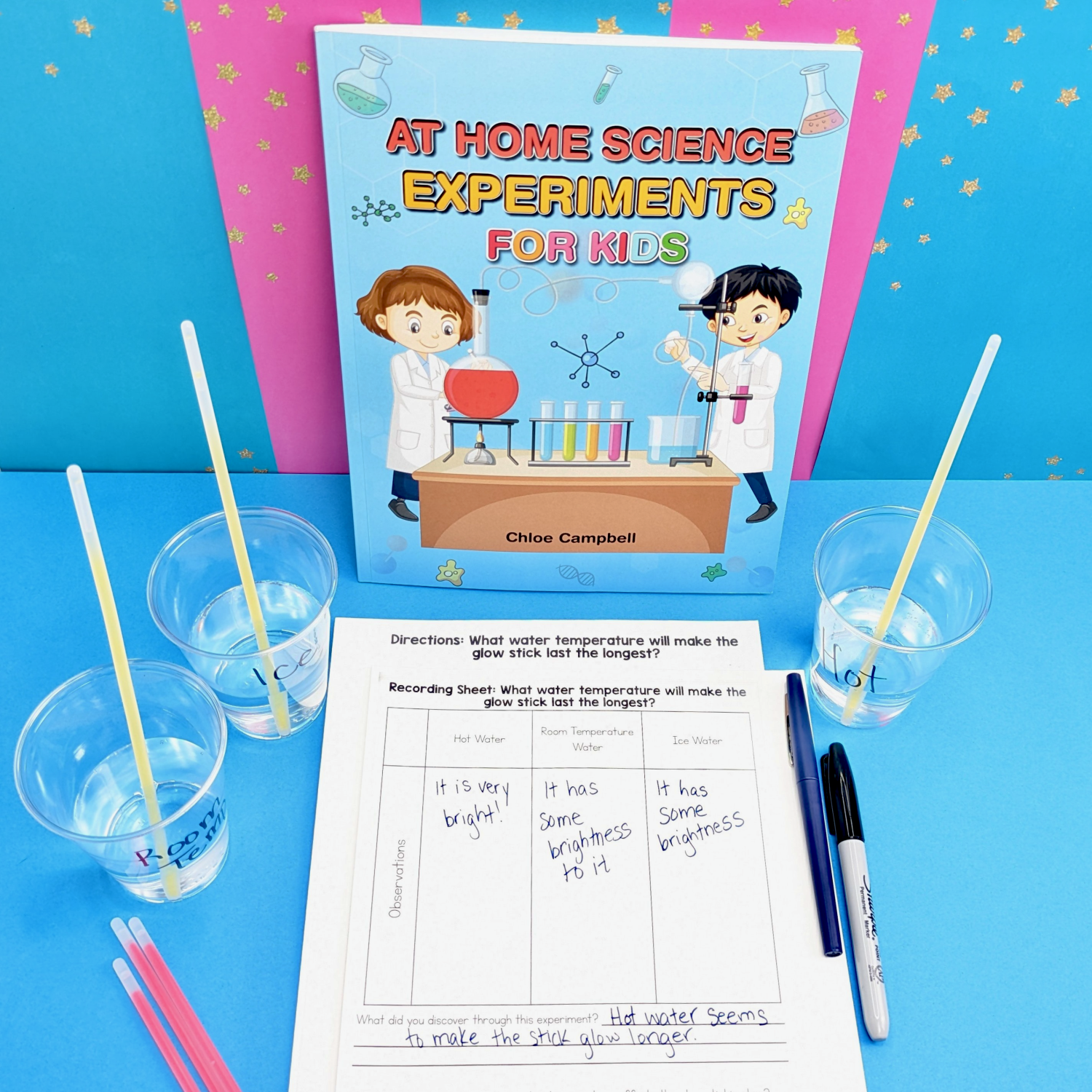
Step Three for Planning a Science Experiment: Run the Experiment – Ignore the Mess!
When it comes time to run your science experiment, ensuring you’re well prepared for all the mess that undoubtedly comes with it will put your mind at ease and allow you to enjoy the experiment with your child.
Just as we have a well-stocked box of science experiment supplies, we have a bucket of science experiment CLEANING supplies! This includes a few staples such as;
- Paper towels
- Large bin or tray for messy experiments
- All-purpose cleaner
- Rags
- Small handheld broom and dustpan
- Goo Gone
- The kitchen sink (any experiment that can, gets completed in or near the kitchen sink for easy cleanup)
Knowing we have our cleaning supplies within arms reach allows us to focus on the process and show a fun, inclusive attitude towards science for our children.
While being prepared for the mess is step one, letting go of the idea of a clean house on experiment days is step two. After all, allowing your child space to get messy and experiment is where the magic happens. Including children in the cleanup of your homeschool science experiments is encouraged in the name of life skills!
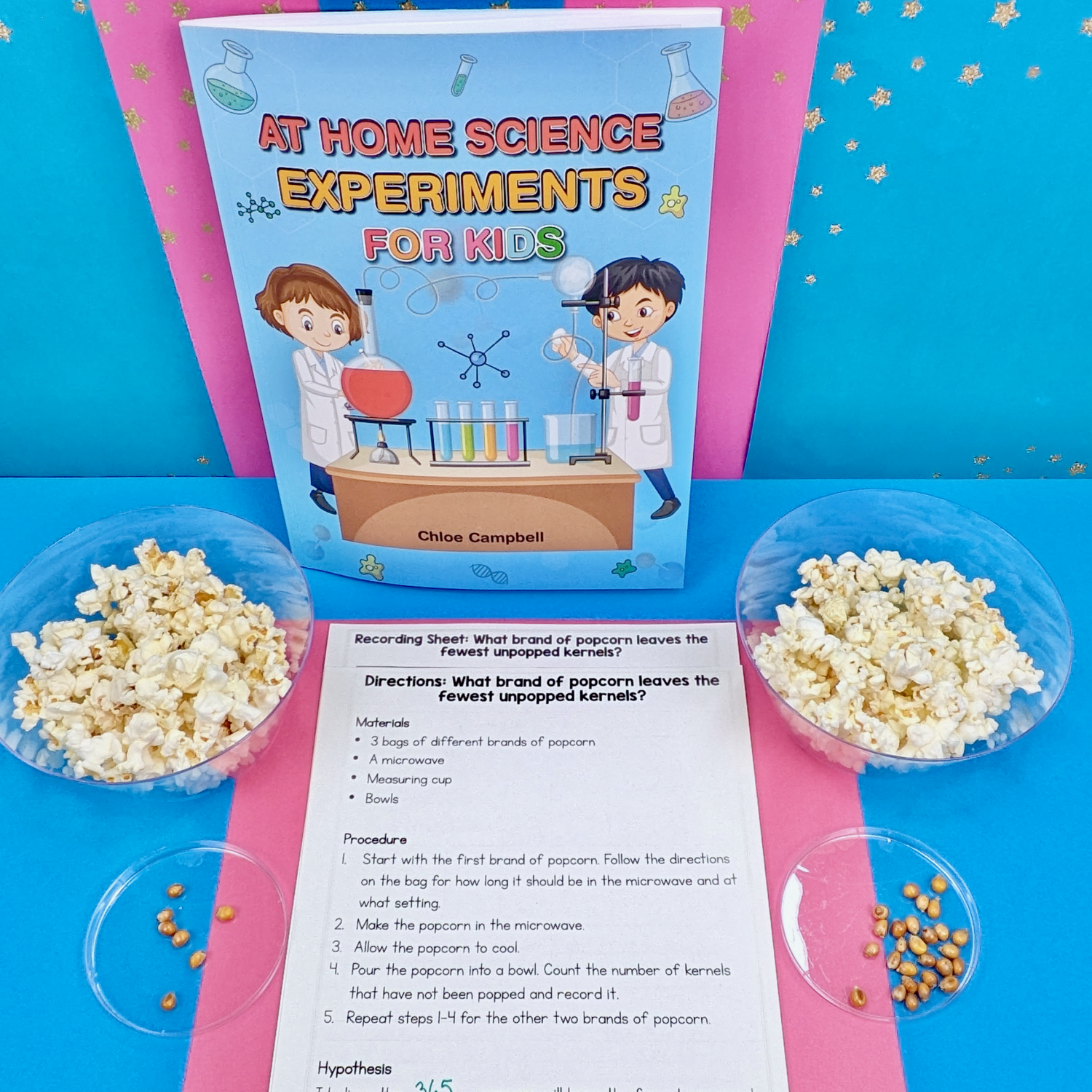
Step Four for Planning a Science Experiment: Focus on the Process – Not the Results
Despite our best efforts, science experiments sometimes work out differently than we had planned or expected. Letting go of our disappointment can be difficult. However, focusing on the process of scientific inquiry can help guide our next steps.
After your child has recorded the experiment results, discuss what happened and what you could do differently and come up with a new hypothesis – and a new experiment to conduct. Keeping the science experiments simple will encourage children to naturally go through the process of trial and error – building confidence as they go and solidifying their understanding of scientific inquiry.
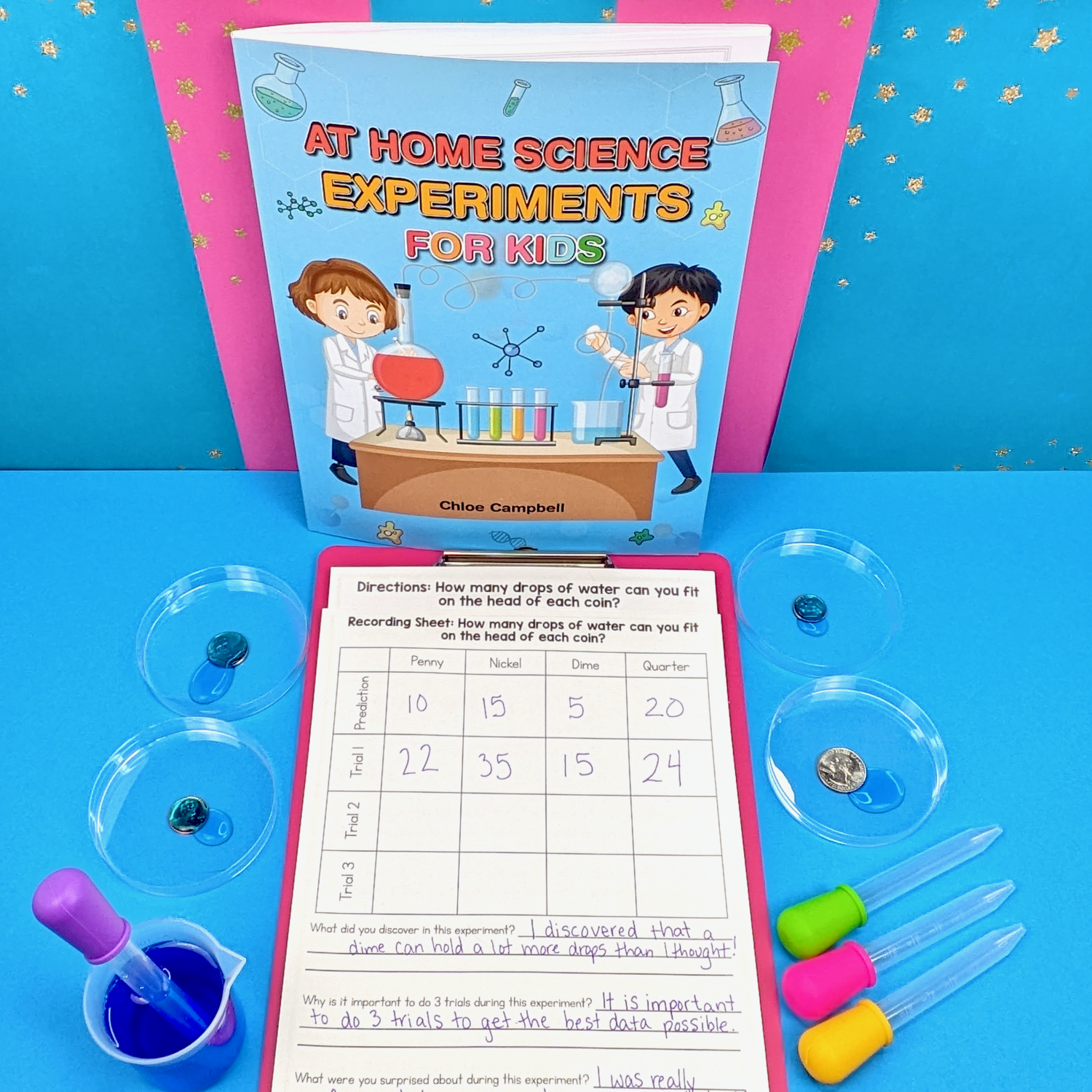
Step Five for Planning a Science Experiment: Keep it Fun!
This has got to be the best tip we could possibly share when planning homeschool science experiments; Keep it Fun! While planning and executing science experiments can be overwhelming for homeschool parents, they also offer a unique opportunity to immerse students in a topic in a very hands-on way.
Working within your students’ interests can be beneficial to maintain their attention while covering the critical science curriculum. Science is everywhere and can be as simple as asking questions. What questions do they have about their favorite movie, amusement park, or device? How can we work together to find the answer?
Set aside time one or two days each week for science experiments; these can be planned experiments that align with your chosen curriculum or simply time to experiment freely. However, do not stress if you do not complete every planned activity.
Whether you have been planning science at-home experiments for years, or this is your first year tackling homeschool science. A little bit of planning, preparation, and flexibility will ensure your experiments run smoothly, and you can enjoy these memorable moments of discovery with your children.
Want science experiments and activities done for you?
Each experiment comes with a complete list of materials, step by step directions, data collection table, and reflection questions.
At Home Science Experiments for Kids Workbook

Science Experiments for Girls Workbook
